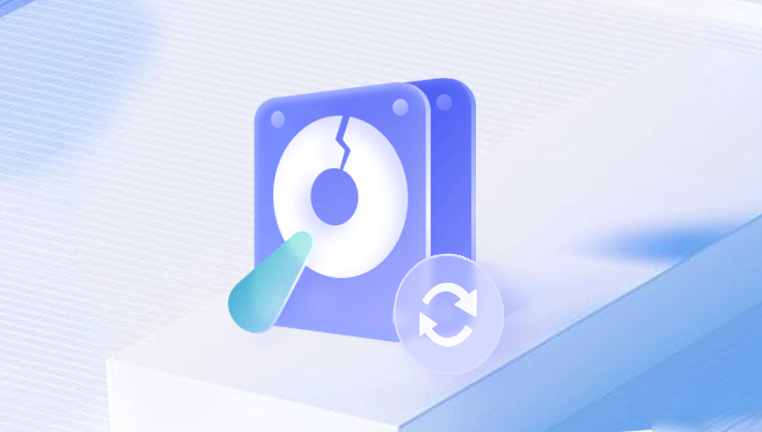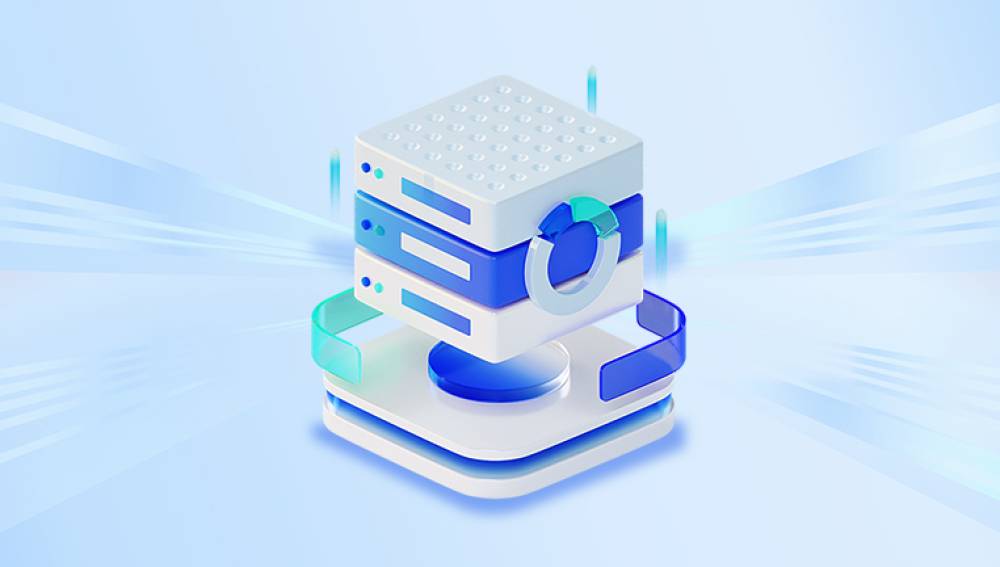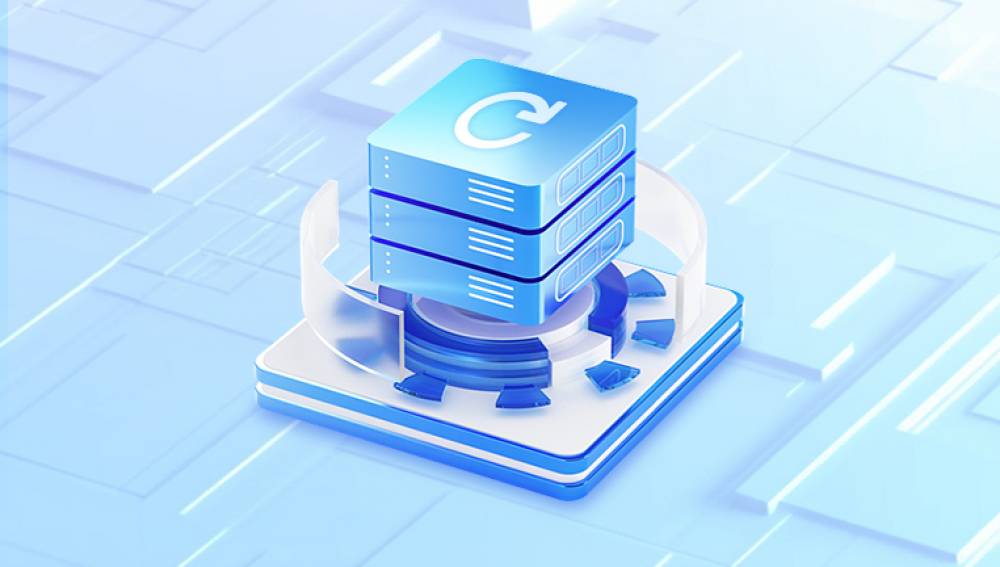Losing access to an entire partition can feel catastrophic, especially when valuable data suddenly becomes unreachable. Whether due to accidental deletion, formatting, system corruption, or hardware failure, a missing partition doesn't always mean the data is gone for good. In fact, with the right techniques and tools, you can often recover the partition data—sometimes even by accessing it via its original file path.
Chapter 1: Understanding Partition Data Loss
What is a Partition?
A partition is a logically separated section of a hard disk drive (HDD) or solid-state drive (SSD) that functions as an independent storage unit. When you install an operating system or format your storage device, you often create one or more partitions. Examples include:

C: for the operating system
D:, E:, F: for media, backups, or external drives
Partitions with specific formats like NTFS, FAT32. exFAT, etc.
Each partition has its own file system and data structure. When a partition is deleted or corrupted, the file system may become unreadable, making the files stored within inaccessible—even if they physically still exist.
Chapter 2: Causes of Partition Loss
Understanding why partitions become lost or inaccessible is essential for choosing the correct recovery method.
Common Causes:
Accidental deletion using Disk Management or command-line tools
Formatting errors during OS installation or drive reconfiguration
Power failures that interrupt partition operations
File system corruption due to malware or system crashes
Bad sectors or hardware degradation
Partition table corruption, rendering partitions invisible
Drive re-partitioning using third-party tools
Unexpected removal of external drives without safe eject
Even though the partition is no longer visible, the actual data often remains on the disk until it is overwritten.
Chapter 3: Can Data Be Recovered from a File Path?
Understanding File Paths
A file path is a string that describes the location of a file or folder in a computer’s file system. For example:
makefile
CopyEdit
C:\Users\John\Documents\Project\report.docx
When a partition is deleted or inaccessible, this path may no longer be valid because the drive letter (e.g., C: or D:) becomes invisible or unassigned. However, the actual data at the sectors tied to that path may still exist and can often be recovered.
File Path Recovery?
You can’t usually “navigate” to a file path like D:\Work\Photos after the partition is lost, but with recovery software, you can reconstruct the lost partition and access your files as if you’re browsing the original file path.
This is known as partition recovery, and it's designed to restore the partition structure and the files inside it, maintaining the original folder and file hierarchy where possible.
Chapter 4: Preparation Before Recovery
Before diving into recovery, follow these important steps:
1. Stop Using the Drive Immediately
Avoid writing anything to the drive in question to prevent overwriting deleted partition data.
2. Do Not Format or Initialize the Drive
If prompted by your system, do not allow Windows or Mac to format or initialize the missing partition.
3. Choose the Right Recovery Tool
You'll need a partition recovery tool that can rebuild lost partitions and allow recovery via original folder structures.
Chapter 5: Best Tools for Recovering Partition Data from File Path
Here are some of the most effective tools for recovering partition data and preserving file paths:
1. Drecov Data Recovery (Free, Open Source)
Drecov Data Recovery is a powerful data recovery software designed to restore lost or deleted files, even when an entire partition becomes inaccessible. One of its most useful capabilities is recovering partition data directly by tracing file paths, making it an essential tool for users who face accidental deletions, formatting errors, or partition loss.
When a partition is deleted, formatted, or damaged, the file directory structure often becomes corrupted, making it difficult to locate files through standard methods. Drecov Data Recovery addresses this by scanning deep into the file system, reconstructing the partition structure and enabling recovery of data based on original file paths and folders. This means users can retrieve specific files from their known directories, such as "Documents\Reports\2023" or "D:\Photos\Vacation", even if the partition is no longer visible in File Explorer.
The software offers both quick and deep scanning modes. Quick scan is ideal for recently lost data, while the deep scan searches sector by sector to locate and rebuild partitions and files. Once the scan is complete, the software presents a clear, tree-structured view of recoverable data—organized by the original file paths and folder names—making it easier to locate the files you need.
2. EaseUS Data Recovery Wizard
Beginner-friendly interface
Deep scan for lost partitions
Allows folder-level recovery
File path-based browsing
3. Stellar Data Recovery
Advanced partition recovery with file preview
Recovers original file names and directories
Good for both internal and external drives
4. DiskGenius
Offers partition recovery and disk cloning
Advanced disk analysis tools
Supports virtual disk files too
5. R-Studio
Professional-grade tool for complex data loss
Great file-path preservation
Suitable for formatted, deleted, or corrupt partitions
Chapter 6: Step-by-Step Recovery Guide
Let’s go through how to recover partition data from file path using both TestDisk and EaseUS, depending on your comfort level.
Method 1: Using TestDisk (Advanced Users)
Step 1: Install and Launch
Download from testdisk.org
Extract and run testdisk_win.exe as administrator
Step 2: Select Disk
Choose the affected drive (not the partition)
Step 3: Choose Partition Table Type
Usually Intel for Windows or EFI GPT for newer systems
Step 4: Analyze Disk
Select Analyze to detect existing and deleted partitions
Step 5: Quick Search
Let TestDisk search for deleted partitions
Step 6: Deeper Search (if needed)
Use if the quick search doesn’t find the correct partitions
Step 7: Select and Write Partition
Mark the correct partition and write it back to the partition table
Step 8: Restart Computer
Your system should now recognize the partition and its file paths
Method 2: Using EaseUS (Beginner Friendly)
Step 1: Download and Install
Download from easeus.com
Install and open the software
Step 2: Select the Drive
Choose the disk where the partition was lost
Step 3: Scan the Disk
Initiate a full scan, including lost partitions
Step 4: Preview File Path
Navigate through the reconstructed file tree (e.g., D:\Work\Photos)
Step 5: Select Files or Folders
Check the boxes for folders or individual files you want to recover
Step 6: Recover
Save the recovered files to a different drive to avoid overwriting
Chapter 7: Recovering from External Drives
Partition loss isn't limited to internal disks—external drives and USB flash drives are also vulnerable.
Most of the same tools work with external devices. Just be sure to:
Use Disk Management (Windows) or Disk Utility (Mac) to confirm the drive is being recognized (but don’t format or initialize).
Run recovery software with administrator permissions so it can scan external devices properly.
Chapter 8: File Path Recovery Without Software
In rare cases, you may be able to access lost partition data manually:
Using CMD (Windows):
cmd
CopyEdit
chkdsk D: /f
If the partition is still recognized but inaccessible, chkdsk may repair file system errors.
Using Windows File History or Restore Points:
Open Control Panel → System Protection
Check if you can restore the partition from a previous point
These methods are limited and rarely effective for completely deleted partitions.
Chapter 9: Tips to Maximize Partition Recovery Success
Don’t defragment a drive with deleted partitions—it overwrites old data
Clone the disk before recovery for a safe backup
Label recovered files with date/time for easy organization
Use multiple tools if the first attempt doesn’t work
Don’t save recovered files to the same drive being recovered
Chapter 10: When to Use Professional Services
If your partition loss is due to:
Physical drive failure
Clicking or grinding noises
Drive not recognized at all
…it’s best to stop DIY attempts and consult a professional data recovery service. Continued use could make recovery impossible.
Look for services that offer:
Cleanroom environments
No-recovery, no-fee policies
Free diagnostics
Examples include DriveSavers, Ontrack, and Secure Data Recovery.
Chapter 11: How to Prevent Future Partition Loss
While partition loss is recoverable in many cases, prevention is always better. Here’s how to protect your data:
1. Regular Backups
Use external drives or cloud services to back up important partitions weekly or daily.
2. Disk Monitoring Tools
Programs like CrystalDiskInfo or Hard Disk Sentinel can warn you of drive degradation.
3. Use Partition Software with Care
Always double-check before using tools like Disk Management, GParted, or third-party utilities.
4. Keep System Clean
Protect your system from malware or improper shutdowns that can damage partitions.
5. Label Partitions
Give meaningful labels to partitions (e.g., “Projects,” “Backup”) to avoid confusion and accidental deletion.




